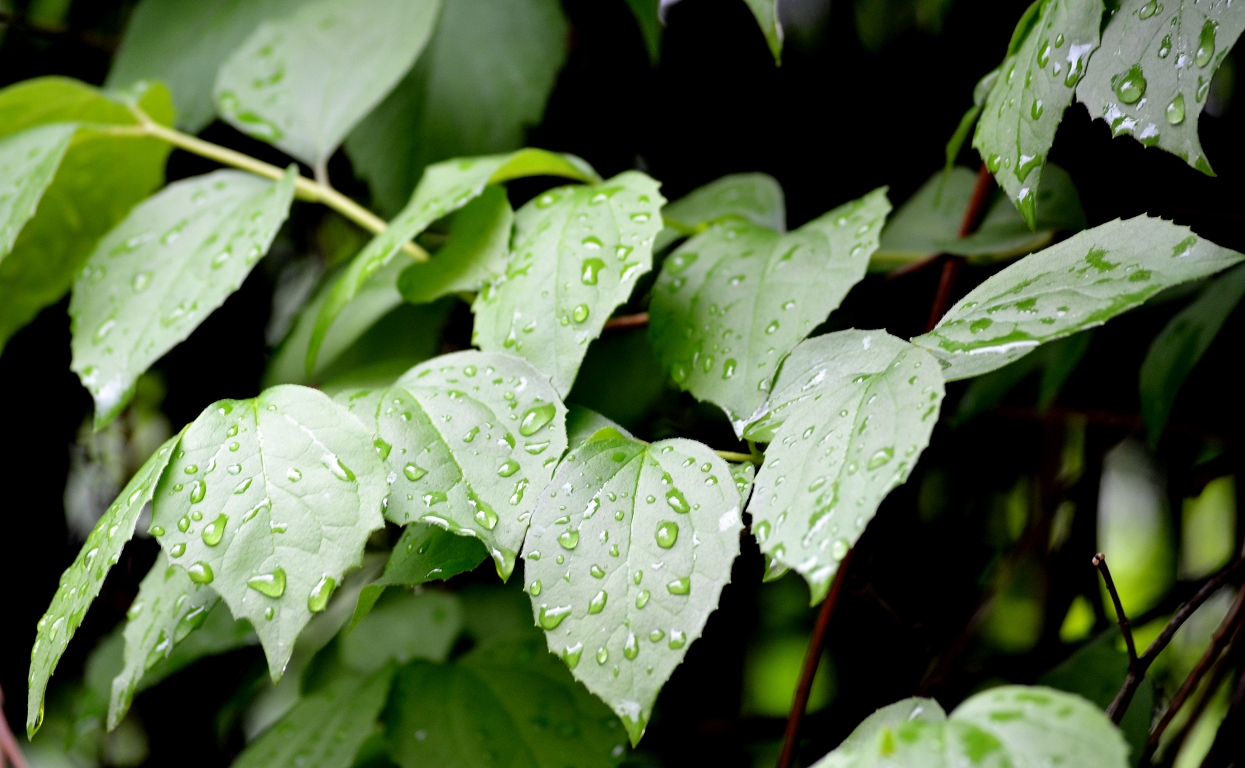Conclave: The great battle of succession

Browsing through historical books will find papal elections with intrigues, royal interventions, and even riots, a past full of contradictions that touches the boundaries of the cinematic extension of a high rite. The word « Conclavian » itself from the Latin Cum Clave (with key) turns us back to the ecclesiastical tradition that began in 1268, with a papal election that lasted almost three years, which ended only when the residents of Virbo were locked up their cardinals, Pope. In the age of artificial intelligence, betting make their own favorites through a prediction models that give chances, comparative tables and advantages. Even though it seems unlikely that the decision for Pope Francis’ successor to emerge from an excruciatingly slow process or to be particularly divisive, observers with good knowledge of the Vatican agree that the outcome is not prescribed.
International media, starting from different starting points and with different criteria, are highlighting candidates and it is interesting that most of the names are common, common and those who are considered to be closer to the Apostolic throne: Pietro Paulin, Luis Antonio Tagle, and Matteo, Mateo Jean-Marc Abelin. Of particular importance is geographical (Europe, Asia, Africa) but also the ideological (progressive VS conservative) balance, while the final choice will depend on the climate in the conceinence at the time of the election and any unexpected alliances.
Liberals vs. Conservatives and challenges for the new Pope
Pope Francis ‘successor will need to manage a series of challenges, and many estimate that the legacy of Francis’ papal term and how ultimately it will influence the history of the Church will largely depend on who will succeed him. Whether he will seek to build on his liberal agenda or choose to deconstruct it.
The most traditional Roman Catholic Church were strongly annoyed by some of Pope Francis’ reforms and were disappointed by what they considered to be his progressive statements on issues such as homosexuality, the role of women, climate change, refugees and the position of modern -day functioning. Some conservatives thought it went too far, while some liberals ruled that it did not promote the changes of ecclesiastical teaching enough.
The battle presented in the fictional plot of the movie « Conclave » leaves room for associations, as the cardinals who have the right to vote come from all over the world and have a different cultural and theological background.
Pietro Parolin is considered moderate but not as liberal as Franciscan. Hungarian Cardinal Peter Erdo and Robert Sara of Guinea are considered to be top conservative candidates. Luis Antonio Tagle from the Philippines and Mateo Tsupi from Italy are prominent liberals.
Two-thirds of the cardinal-electors have been appointed by Francis in the last decade and have largely reflected his vision for a more inclusive church. However, many estimate that the cardinals appointed by the deceased Francis are not exclusively progressive or traditional, so it is difficult to make estimates of forces.
Head of the Vatican State
In addition to the leadership of the Roman Catholic Church, the Pope as a head of state rules the Vatican city-state, with an area of 0.44 sq. Km. and a population of 673 citizens of almost 450 inhabit the Vatican. One quarter of them are soldiers of the Swiss guard who receive temporary citizenship during their term of office and defend the Pope and not the state. This is the only country that has only one demographic column, the one that shows deaths, because no one can be born a Vatican citizen.







